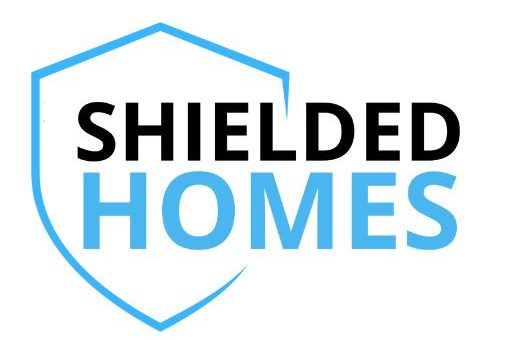The real estate market in Dubai offers various payment plans for off-plan properties, which have evolved significantly in recent years due to high demand. In this article, we will explore how these payment plans work, the general structures developers offer, and the financial implications for buyers.

The 60/40 Payment Plan
One of the most common payment plans in Dubai’s off-plan market today is the 60/40 plan. This means that 60% of the property’s total value is paid during construction, while the remaining 40% is due upon completion and handover.
For instance, if a property is valued at AED 10 million and is scheduled for completion in three years, you would pay AED 6 million over the construction period, equating to approximately AED 2 million per year. The final payment of AED 4 million is due upon handover, at which point financing options, such as mortgages, become available.
Mortgage Financing
It’s important to note that mortgages cannot be arranged for properties still under construction. However, once the property is completed, buyers can finance the remaining 40% through a mortgage. For non-residents, banks typically offer up to 50% mortgage financing, whereas residents may qualify for up to 80%, depending on individual circumstances.
Initial Down Payments and Fees
A typical payment plan requires a 24% down payment, with 20% going into the developer’s escrow account. The escrow system, mandated by Dubai’s real estate regulations, ensures that funds are released to the developer only after specific construction milestones are met, safeguarding buyers from potential financial loss in case a project is delayed or abandoned.
In addition to the down payment, buyers must also pay a 4% fee to the Dubai Land Department (DLD) for property registration. Administrative fees, though relatively small (usually ranging from AED 2,000 to AED 3,000), are another cost to consider.
Payment Schedules
After the initial down payment, the remaining payments are made in increments. In most cases, these payments are due every three months, with 5% of the property’s total value payable in each installment. In the first year, this typically amounts to 20%, meaning by the end of the first year, buyers have paid 40% of the property’s value.
Developers may offer more flexible terms after the first year, with smaller payments of 2-3% due every few months until the final 40% is payable at handover.
Post-Handover Payment Plans
Although less common now, some developers still offer post-handover payment plans, particularly smaller, newer developers looking to attract buyers. Under this model, a buyer may pay 70% of the property value during construction and the remaining 30% after handover, over a set period (typically two years).
However, these plans are rare with established developers such as Emaar, Sobha, and Damac. These larger players are increasingly adopting more stringent payment structures, with some requiring 100% of the property’s value to be paid before handover.
Key Considerations for Buyers
When considering an off-plan property, it’s essential to fully understand the payment plan offered by the developer. While most plans are interest-free, buyers should be aware of the additional fees, such as the 4% DLD fee and administrative charges.
For those who might struggle to make the larger final payment at handover, mortgage financing is an option. However, it’s advisable to consult with a financial advisor or mortgage broker to understand the terms and qualifications for such financing, especially if you are a non-resident.
Dubai’s off-plan property market offers flexible, interest-free payment plans, making it an attractive option for investors. However, the market is shifting towards more stringent payment terms, especially with larger developers, so it’s crucial to stay informed about the latest trends and regulations when planning your investment.
